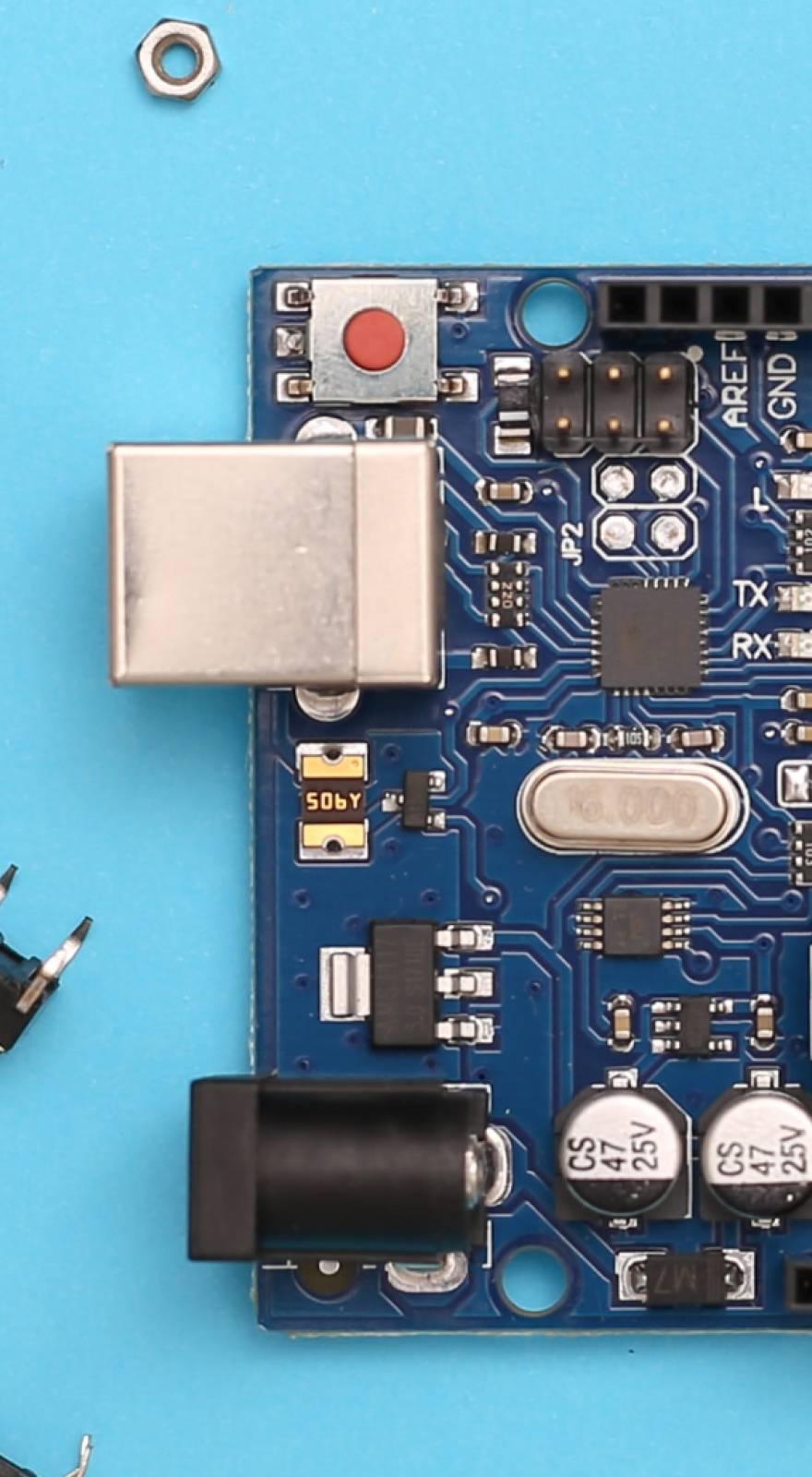Knowde Enhanced TDS
Identification & Functionality
- Chemical Family
- Product Type
- Technologies
- Product Families
Features & Benefits
- Ready-to-Use Product Features
Applications & Uses
- Applications
- Application Area
- Application Method
- Typical Use Guidelines
- This is a great ink for making electrical connections for electrochemical testing of fuel cells, ceramic substrates, electrochemical materials, and metals.
- Stirring the ink before use is highly recommended.
- For best results, the ink should be stirred with a spatula or a sonic wand to achieve an even consistency prior to use.
- This ink can be used for screen printing for generating electrical connections for wire attachments.
- Tips for Making Electrical Connections
- Ensuring a solid connection between your electrodes and current collector is critical for obtaining good test results.
- Leveraging our experience in electrochemical testing, testing we have we offer the following suggestions for obtaining optimum results with our silver paste product.
Step 1:
- Cut or punch out the metal mesh to the size/area that you want to test on your sample.
Step 2:
- Cut the contact wire to the desired length, with a loop around the perimeter of the mesh with the wire extending past the sample.
- Place cut mesh in the center of your sample & the looped wire on top of wire mesh.
Step 3:
- Apply the contact paste around the perimeter of the wire loop, apply a few drops across the mesh for best adhesion strength.
Step 4:
- Cut and place a straight piece of wire next to the mesh on the sample.
- Again, cover with ink for adhesion.
- This will allow for 4 point conductivity testing and a lead for measuring voltage, while the other draws the current.
Step 5:
- Dry in a 100°C oven for an hour or until the ink looks dry.
- Repeat all steps on the opposite side of the sample in the same area.
Step 6:
- Fire your sample to adhere to your contact wires.
- Firing conditions: 1°C per minute to 800°C, hold for 1 hr, cool to room temp.sample in the same area.
Properties
- Component A
- Component B
- Typical Properties
| Value | Units | Test Method / Conditions | |
| Formulation by Weight (NiO) | 66.0 | % | — |
| Value | Units | Test Method / Conditions | |
| Formulation by Weight ((Y₂O₃)₀.₀₈(ZrO₂)₀.₉₂) | 34.0 | % | — |
| Value | Units | Test Method / Conditions | |
| Solids by Weight | 70 - 80 | % | — |
Regulatory & Compliance
- Certifications & Compliance
Packaging & Availability
- Amount
- 100g
- 500g

